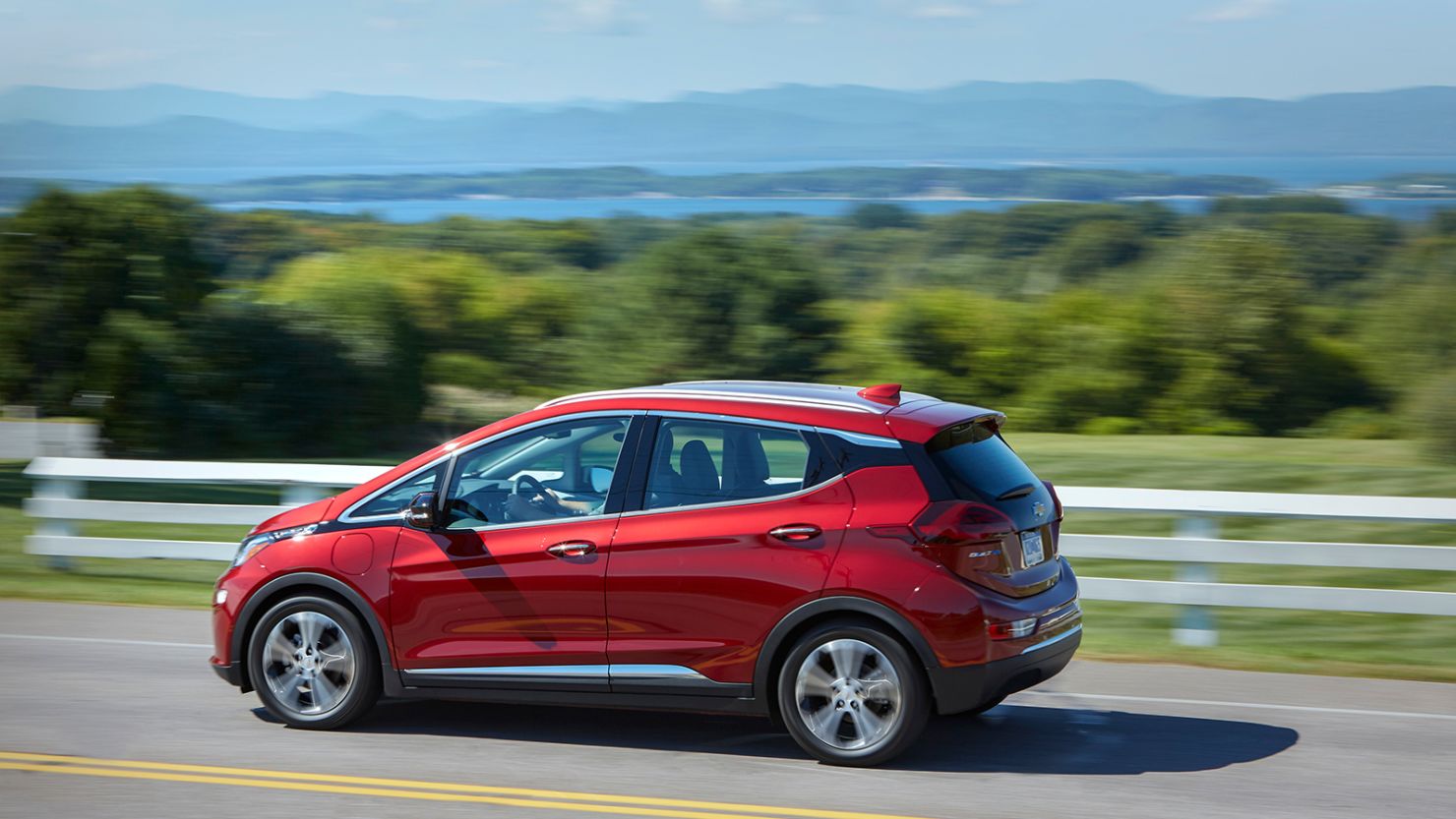The Chevrolet Bolt EV, General Motors first fully electric vehicle to be built and sold on a large scale, will go out of production by the end of this year.
The Michigan assembly plant where it’s produced will be turned over to electric pickup truck production as part of GM’s roll-out of large numbers of fully electric vehicles in the coming years. These new electric vehicles will be based GM’s new electric vehicle platform, Ultium, which is not used by the Bolt.
The Bolt was, for a number of years, the best-selling electric vehicle in America that was not made by Tesla, although the gap was very wide. The Bolt will go out on a high note, with the factory producing a record 70,000 Chevrolet Bolts and Bolt EUVs – the slightly taller “crossover” version – this year.
That’s nearly double the Bolt’s sales last year which was, itself, a record year up to that time. The fact that the Bolt is eligible for the full $7,500 tax credit under the Inflation Reduction Act will doubtless help its sales. It was, already, the least expensive electric vehicle sold in America,
The letters EV are officially part of the Bolt EV’s name because, when it was introduced in 2016, GM already the Chevrolet Volt which GM described as “an extended range electric vehicle.” GM executives said at the time that the potential for name confusion between the two was welcomed. They wanted to give dealers the opportunity to ask “Are you looking for the Volt or Bolt?” then explain the differences between them.
The Volt could go about 50 miles on battery power alone before before a small gasoline engine generated electricity for more driving. The other, the Bolt, could go 238 miles on nothing but electricity, but would then need to be recharged at a plug. In 2018, GM announced it was stopping production of the Volt along with several other car models as the company concentrated on more popular truck and SUV models
With its hatchback design, tall cargo area and seats that ride high off the ground, the Bolt was designed to have the attributes of a crossover SUV. In fact, GM executives used to insist that it was one. But its body rides close to the ground like a car’s, giving the Bolt the appearance of an unusually large hatchback instead.
In 2021, GM introduced the Chevrolet Bolt EUV, for electric utility vehicle, which was more like an SUV because there was a wider gap between the vehicle’s body and the ground. In all other respects, though, it was very similar to the Bolt EV, including the fact that it was available only with front-wheel-drive.
GM previously stopped production of the Bolt models for several months in 2021 because a few of them had spontaneously caught fire. GM worked with its battery supplier, LG Energy Solutions, to figure out the problem so production could begin again in April of that year. Sales immediately took off.
During the production stop, a time when owners were being advised not to charge their vehicles near their homes and not to drain the battery too far, some owners opted to sell their Bolts back to GM. Still, none of those owners interviewed by CNN Business at the time had any other complaint about the Bolt beyond worrying about them catching fire.
GM has announced that it plans to sell nothing but fully electric passenger vehicles by 2035. To do that, GM engineers created a flexible electric vehicle architecture called Ultium that will be the basis of future GM vehicles.
It is essentially a flat tray that houses batteries and electric motors on top of which different types of vehicles of various sizes can be made. It’s already used for the Hummer EV and Cadillac Lyriq, and it will also be used for vehicles like the Chevrolet Silverado EV pickup and the Chevrolet Blazer EV and Equinox EV SUVs.
Unlike the Bolt, all of these will have traditional, easily recognizable SUV and truck body styles.









